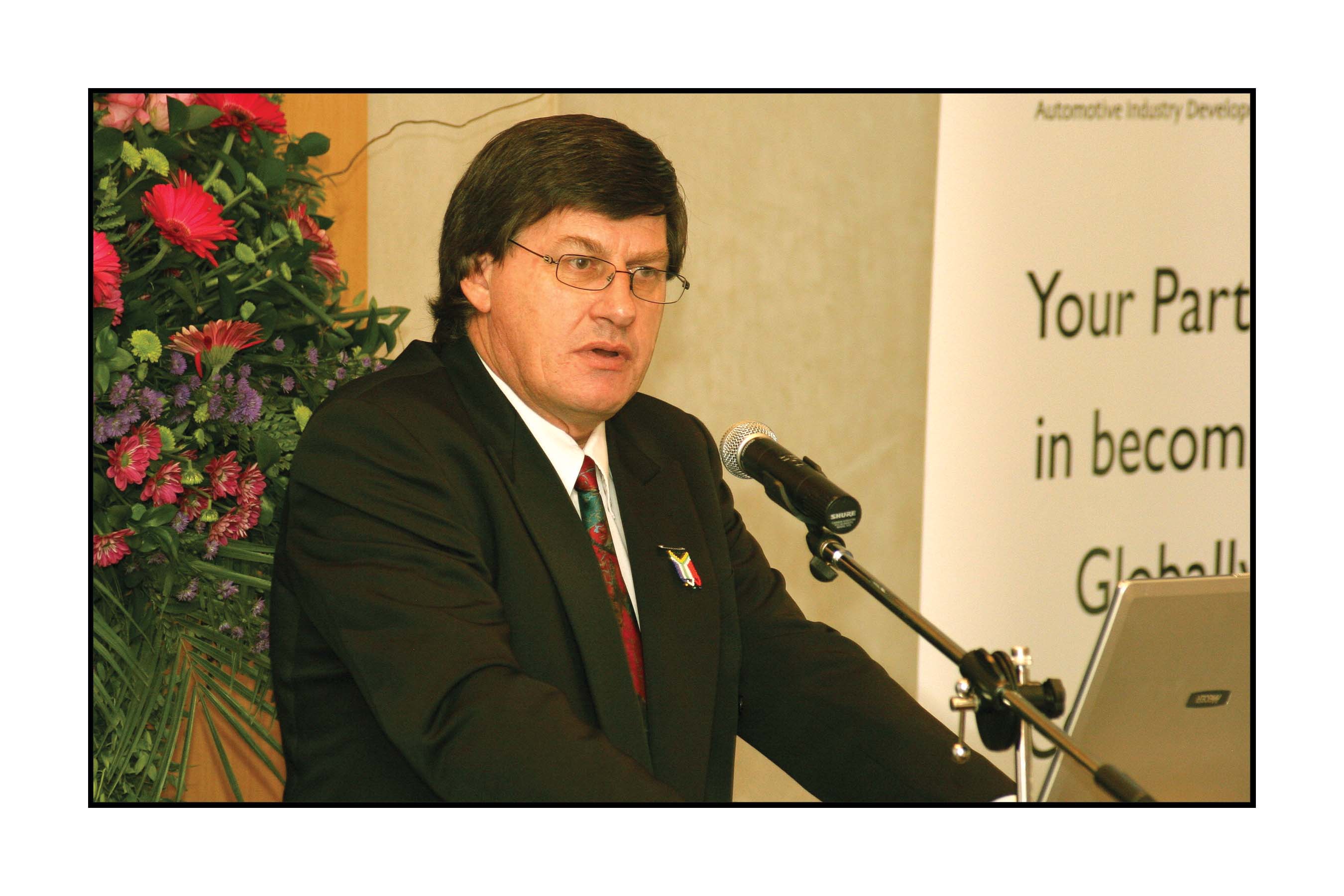
Dublin’s smart research partnership speeds buses
More than 50% of people travelling into and across the Irish capital rely on public transport, and four out of 10 these use buses meaning Dublin Bus carries some 120 million passengers a year. Recent austerity measures affecting the Irish economy have, however, led to 200 buses being taken off Dublin’s streets, making a significant dent in the capability of the now 1,000-strong fleet.
The city has no metro or public transport links direct to its airport and the two Luas tram routes serving the commuter belt are only now in the process of being linked across the city centre. To maintain an adequate capacity for people to get into and out of Dublin, the remaining buses must run more efficiently.
Achieving this depends heavily on the quality of the city’s traffic management. It is
Detailed insights into the causes of bus congestion, and identifying the right most appropriate calming measures, are some of the benefits that DCC has gained through entering into a pioneering partnership with
Cost:
Expert Analysis free in return for data use
Benefit:
10% to 15% reductions in bus journey tim
The arrangement has no commercial basis. IBM sees value in building a model of collaboration with Dublin, and using the city’s data on traffic patterns (which spans well over a year), to drive its own research programme. Much of IBM’s work in Ireland focusses on understanding how the next generation of computer technology can exploit data being made available by cities, as well as being generated by mobile devices.
In return, Dublin enjoys the benefits of IBM’s capabilities for detailed analysis of the capital’s transport and travel data; as well as of the company’s thinking on ways of tackling congestion and helping make the city smarter. IBM Research Ireland director Eleni Pratsini told ITS International: “What we learn we share with the city council”.
One outcome is a solution, based on the operation of the Dublin Bus fleet, which integrates schedule information with GPS-based data transmitted every 20 seconds from buses equipped with Init automatic vehicle location (AVL) units supplied by German company INIT.
Comments RTD head of technical services Brendan O’Brien: “Having equipped our buses with GPS, we were producing huge volumes of data everyday, but it was proving hard to analyse and visualise. With granular analysis delivered through the IBM partnership, my department can see precisely when, and for how long, each bus is delayed at any point in its journey other than at a designated bus stop.
“We can identify variances in these patterns at different times of the day, and start to determine the influence of factors such as traffic signals, lane width and driver behaviour on the hold-ups.”
Using IBM’s InfoSphere Streams software, the real-time positions of its buses and predictions of their arrivals and transit times and route congestion is displayed on a digital map with city-wide a view of the public transport system.
O’Brien’s team can then start to explore appropriate interventions such as priority at traffic lights and bus lanes. “To have gathered this level of intelligence before”, he continues, “we’d have had to send people out on the routes for hours on end, and there’s still no way we’d have got to the same depth of understanding.
“We can now highlight problems and find possible interventions.” Some of these have led to 10% to 15% reductions in journey times.
But, he continues, it’s not just a matter of bringing forward arrival times. “We’re also looking at ways of ensuring more consistent and predictable journey times, irrespective of the time of day. Our aim is to improve service stability across the whole Greater Dublin area.
“Leaving a bus with 80 passengers stuck in a traffic jam is something we can prevent. Fewer delays mean we can shorten the schedule and each bus can carry out more journeys.”
Traffic signal priority is one key area. Dublin Bus spokeswoman Claire Corcoran told ITS International: “We are working in a team with DCC and the Irish National Transport Authority on a project using the AVL data to improve priority for buses, and have met with IBM. Our results show that buses are saving time at targeted junctions, reducing journey time variability and having positive knock-on effects for passengers. The project only started in early 2014, so the full impact will take some time to realise.”
IBM is planning a further initiative in Bologna, Italy, with the ultimate aim of offering the technology as a commercial product.
New thinking Required
One of the first lessons an ITS professional has to learn is that we have to come up almost daily with better solutions both to some old, stubborn problems as well as to newly emerging challenges, says Dr Paul Vorster. “We must learn from Einstein who said ‘we cannot solve our problems with the same thinking we used when we created them’.”
Vorster, who is CEO of ITS South Africa, sits on the management committee of the International Benefits, Evaluation and Costs Working Group (IBEC) and serves on the
He notes that transport - specifically the issue of constraints on mobility - has moved high up the public, business, industry and political agendas. This means that many proposed ITS solutions are being debated - and accepted or opposed - not on technical criteria or engineering excellence, but on policy positions or - more often than not – emotive issues. Examples include reactions to road-user charging; parking management; and camera-based enforcement.
“All too often we offer an engineering-based, and sometimes very elegant, solution. But the public, road users and public transport commuters, have little understanding, and even less appreciation, of it and hence oppose it. Policy-makers, in turn, often reflect public opinion.”
ITS professionals, he argues, should therefore take Einstein’s guidance to heart. “We need to take a more holistic and multi-disciplinary approach to implementing our proposed ITS solutions. We need ‘different thinking’.”
Vorster sees this as explaining ITS solutions, not in technical terms, but in those of end-user advantages such as reduced and more predictable journey times, less uncertainty about modal or route choices and improved safety.
It also means explaining ITS solutions to policy-makers in terms of benefit-costs analyses, life-cycle costs, and the added value to the economy of smart mobility solutions.
Says Vorster: “Institutions such as the International Road Federation’s ITS policy committee and IBEC are doing great work to help change our thinking paradigm away from that which created the problems we have to solve”.
%$Linker:
IBEC in Detroit
IBEC will have a strong programme at the
06 September
0930hrs-1300hrs. Pre-Congress workshop on evaluation of connected vehicles and infrastructure and autonomous vehicles.
09 September
0700hrs-1030hrs. IBEC AGM. [to be confirmed by
10 September
0830hrs-1000hrs. Session: Will There be an Attractive/Convincing Cost Benefit Case for Introducing C2X and Automated Vehicle Driving in Road Transportation?
1330hrs-1500hrs: Evaluation of Congress Technology Showcase demonstrations. 1530hrs-1700hrs: Evaluation of Connected Vehicles.
11 September
0830hrs-1000hrs: Evaluation of Highly Automated Driving and Truck Platooning (with summary of pre-congress workshop)
1330hrs-1500hrs: Evaluating Benefits and Business Cases for Cooperative ITS.









